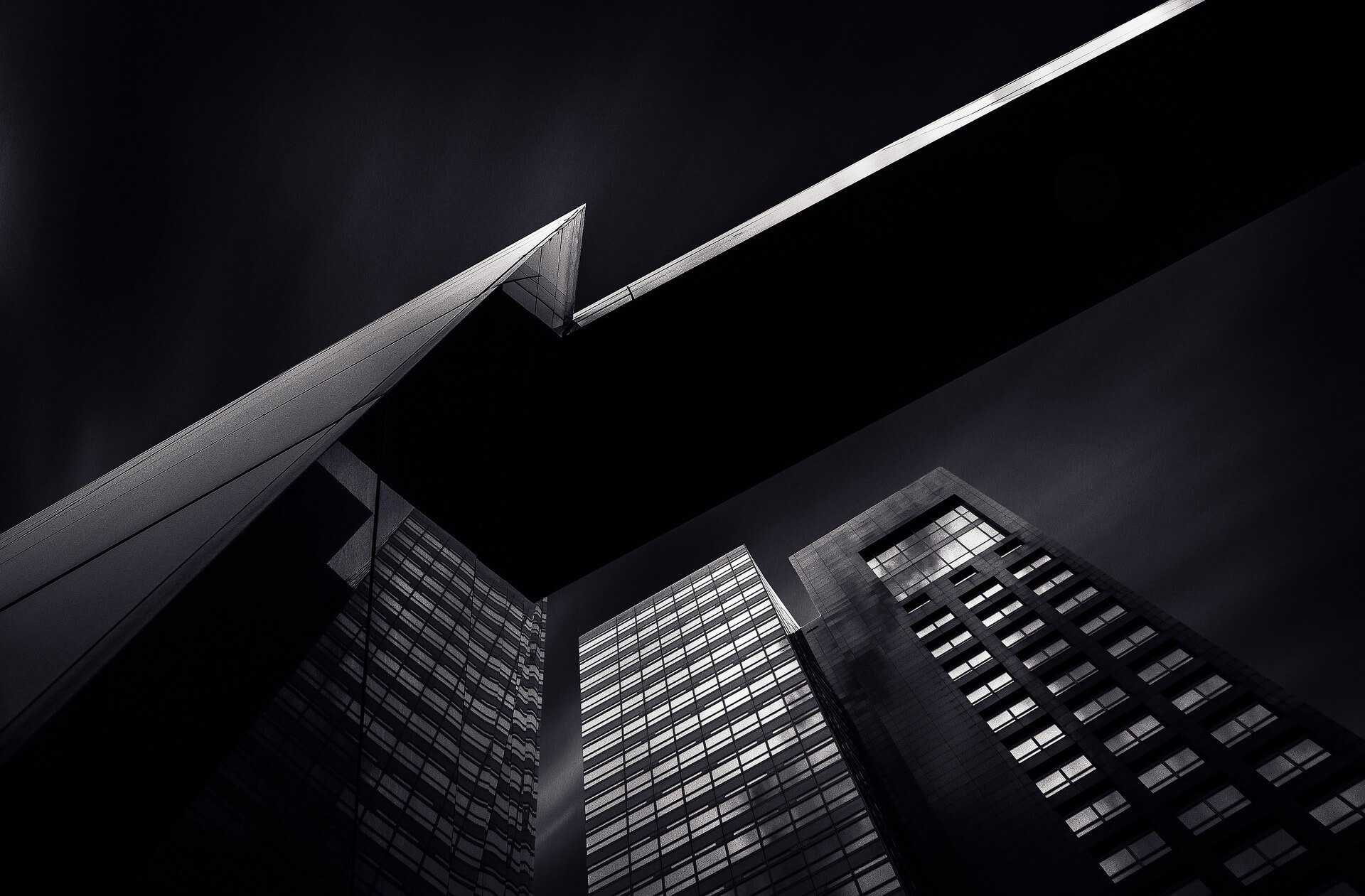Introduction
In today’s Micro-Lecture, you will learn about the differences between design intent versus design usage. It is important to consider each when designing both during concept formulation and later design development. By being conscious of your design’s usage possibilities, you can better fine-tune your design vision and its resulting outcome — even if re-design is necessary. This is how your design evolves for the better. Simply watch the Micro-Lecture to learn more about your own design intent and its resulting outcome of possibilities.
Transcript
00:04 Maria Lorena Lehman: This is Maria Lorena Lehman. And in this Micro-Lecture, we’re going to explore how design intent evolves into design usage. There are times where design intent or vision can evolve through iteration, through the development of the design as it becomes realized in the physical world to take on different functions as were intended by the designer. So, in the diagram, we’ll begin with designs that are intended through the design vision, and again these evolve into different design usage. Now, design intent can be predicted in terms of how it will be used. It can be better predicted by the designer to prevent unwanted design usage by occupants who experience it.
01:03 MLL: For instance, in a park or plaza, designed benches that are integrated into the environment are sometimes used as skateboard ramps, or stairs that are integrated into the public environment can also be used as skateboard ramps. Often, these are not the intended design vision behind the bench or stairs, but users see other opportunities in these designs and begin to use them for other purposes. So, when you are designing, it’s important to see beyond your intended function, to anticipate other potential usages. You can start by realizing what other functions might be extrapolated from your design once it is realized. You can categorize these as unexpected functions or usages.
01:58 MLL: And then, you can begin to articulate and categorize which of these functions fit into the design intent and which would fit into the unwanted design usage. And from here, you can begin to create design development iterations to further refine your design so that it is used in the manner you intend, and for other positive and beneficial wanted purposes. As you can see in this next diagram, where time is in effect, your design evolves. And once your design is realized, there are new innovations that can surface that can change the way your design is perceived and then used by its occupants.
02:51 MLL: So, it may often require you to revisit a design and evolve this design into another iteration, another evolution that incorporates this new perspective or vantage point into how users and occupants experience and re-purpose your design. So, in thinking about how design intent evolves into design usage, it is important for you as a designer to analyze your vision to better understand how your design intent will be perceived once your design is realized, and then how it will be used. Often, a design vision goes through many iterations in the design process. So, make sure that your end result is indeed what you anticipated, and is indeed what you wanted for your occupants and their experience.


